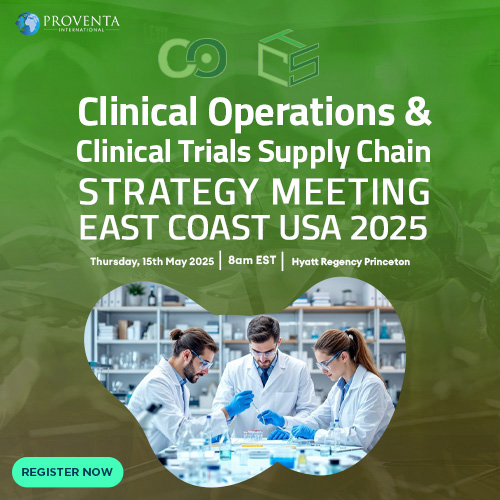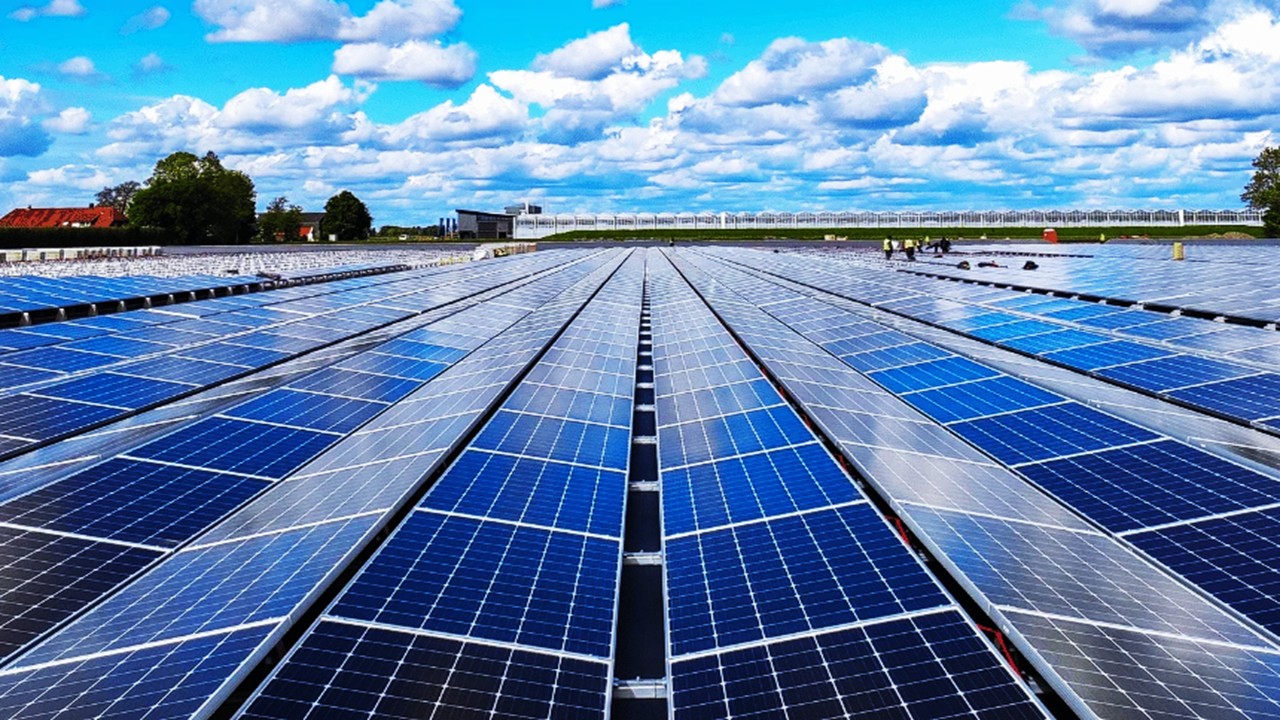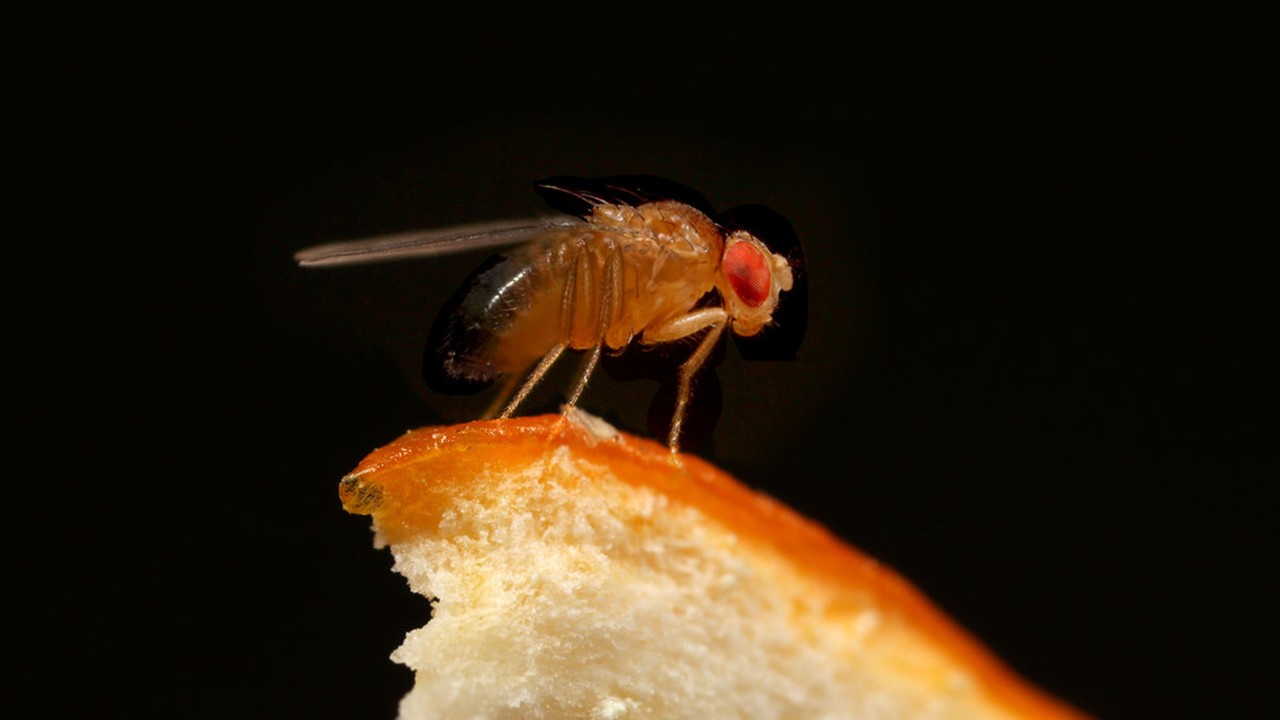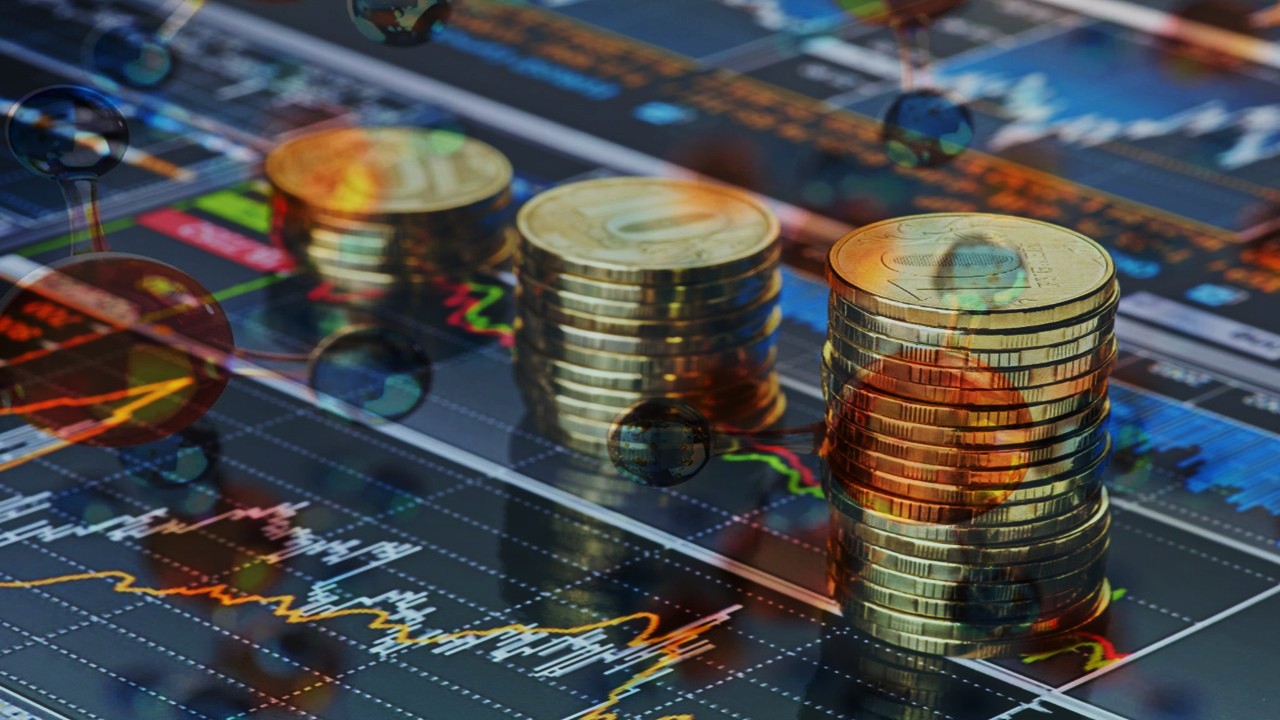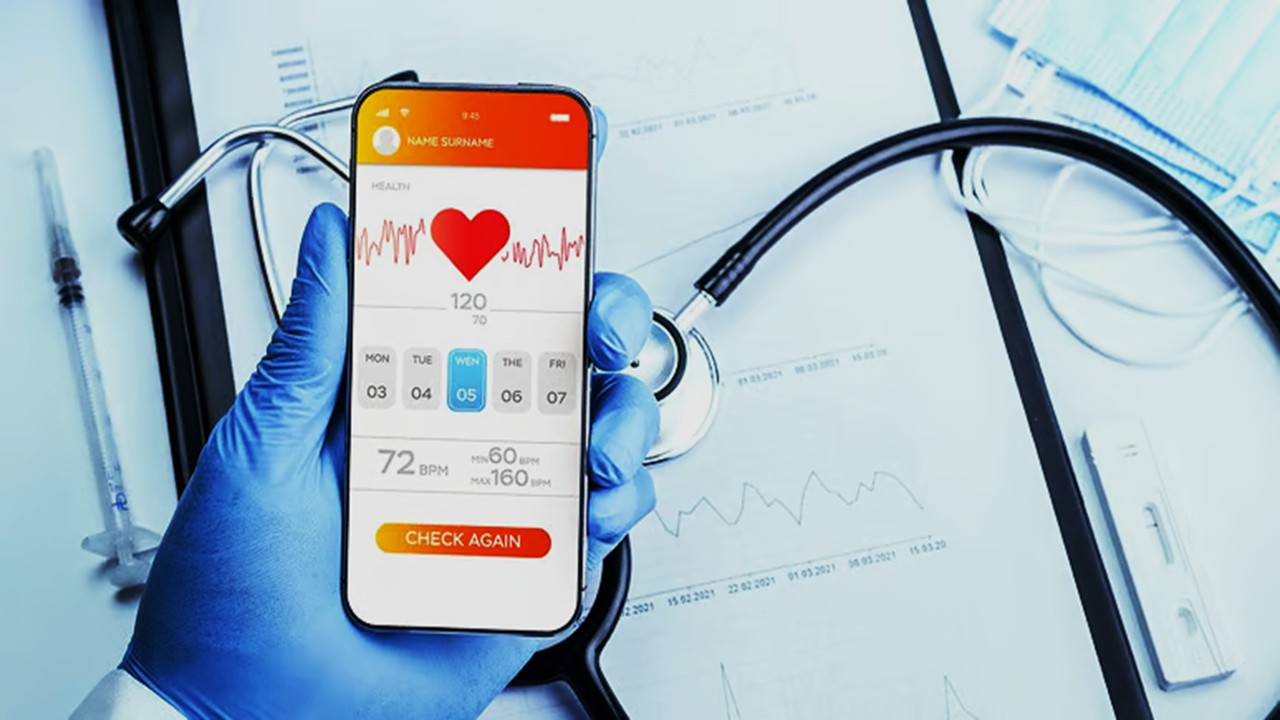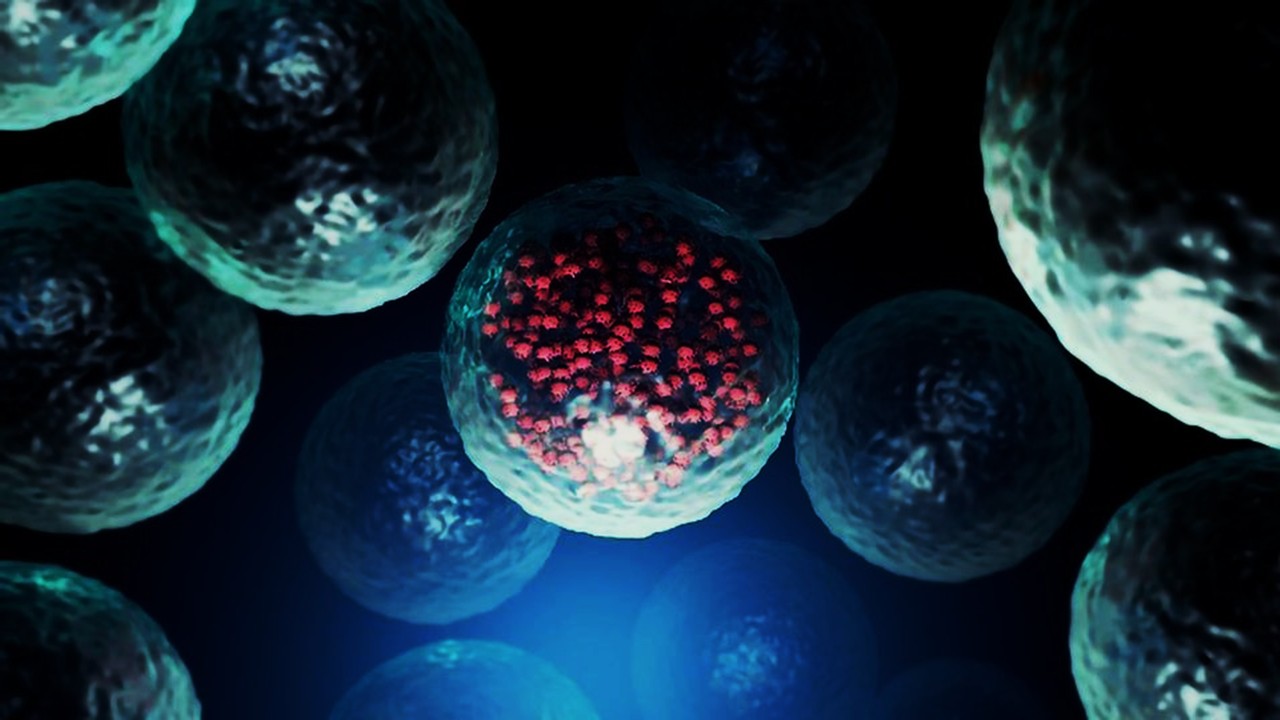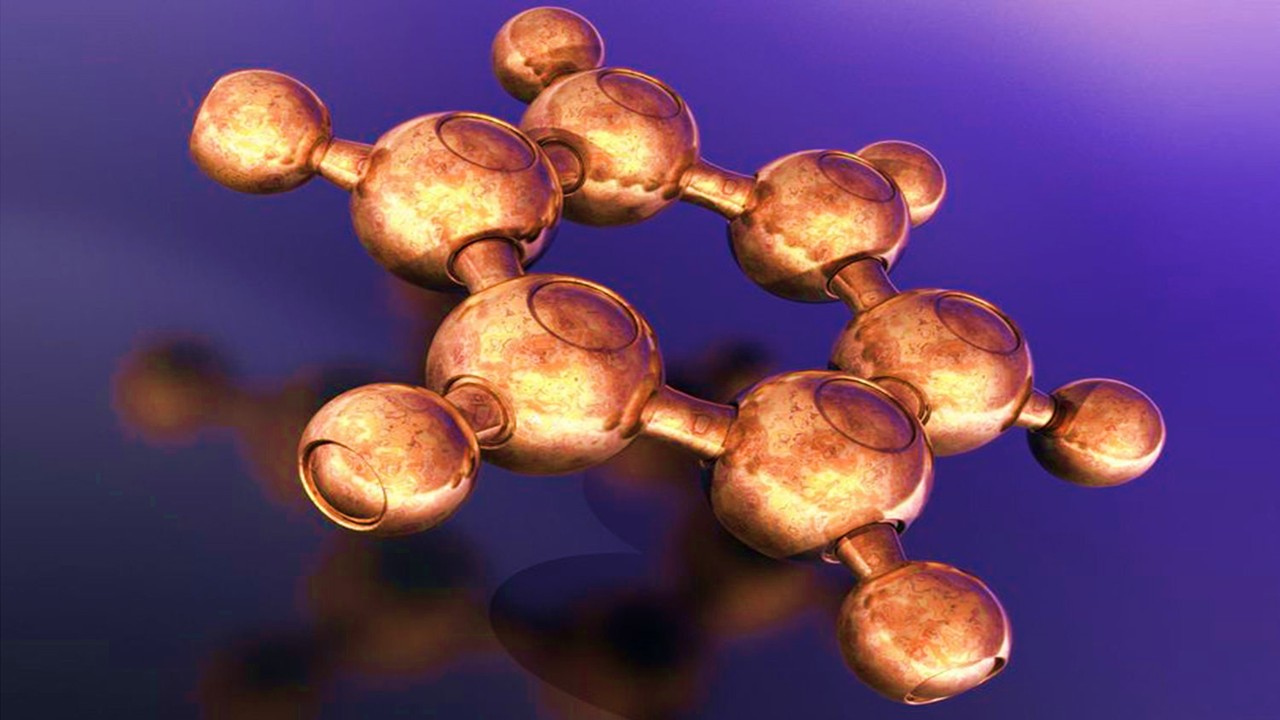The Environmental Toll of Monoclonal Antibody Production
Monoclonal antibodies (mAbs) are the cornerstone of modern biopharmaceuticals, offering targeted therapies for cancers, autoimmune diseases, and infectious diseases. However, their production is resource-intensive, requiring vast amounts of energy, water, and raw materials. From cell culture expansion to final product formulation, each stage of manufacturing has an associated carbon footprint that contributes to climate change. As demand for mAbs increases, so does the urgency to make production more sustainable.
The environmental burden of mAb production stems from both upstream and downstream processes. Upstream cell culture requires energy-intensive bioreactors, precise temperature control, and oxygenation systems. Downstream purification methods, including chromatography and filtration, generate chemical waste and consume large amounts of water and energy. The extensive infrastructure needed to maintain these processes further exacerbates the carbon footprint, making biopharmaceutical manufacturing one of the most environmentally demanding industries.
Recognizing these challenges, industry leaders and researchers are shifting their focus toward carbon reduction strategies. This includes innovations in bioreactor efficiency, the adoption of continuous manufacturing, the use of renewable energy sources, and the implementation of green chemistry principles in downstream processing. By rethinking traditional approaches, the biopharmaceutical sector can significantly reduce emissions without compromising the quality and efficacy of life-saving monoclonal antibodies.
Energy Demands in Bioprocessing: Where Carbon Emissions Originate
Biopharmaceutical production is highly energy-intensive, particularly in cell culture and purification stages. The operation of large-scale bioreactors requires precise environmental control, including constant heating, cooling, and gas exchange, all of which contribute significantly to energy consumption. Traditional batch culture systems exacerbate this issue, as they require repeated cleaning, sterilization, and recalibration, all of which increase water and energy use.
In downstream processing, purification steps such as Protein A chromatography, diafiltration, and viral filtration account for a major share of energy usage. These processes rely on high-pressure pumps, extensive buffer preparation, and refrigeration for product stabilization. Given that purification often constitutes more than half of the overall manufacturing process, even incremental improvements in efficiency can have a substantial impact on the industry’s carbon footprint.
To combat these challenges, biopharmaceutical companies are exploring alternative energy sources and process optimizations. Implementing renewable energy solutions, such as solar or wind power, in manufacturing plants can significantly offset emissions. Additionally, innovations like high-efficiency chillers, optimized buffer recycling, and process intensification strategies can contribute to energy savings. The shift toward automation and digital monitoring also plays a role in optimizing energy use by reducing human intervention and unnecessary process variations.
The Role of Single-Use Bioprocessing in Carbon Footprint Reduction
Single-use bioreactors (SUBs) have emerged as a promising solution to improve efficiency in mAb manufacturing. These disposable systems eliminate the need for cleaning and sterilization between batches, reducing water consumption, chemical usage, and energy demand. In traditional stainless-steel bioreactors, cleaning validation requires large volumes of purified water and steam sterilization, both of which have a significant environmental impact. By contrast, single-use systems streamline bioprocessing and decrease overall resource consumption.
While single-use technologies lower operational emissions, they introduce concerns about plastic waste and lifecycle sustainability. The production, transportation, and disposal of plastic-based bioreactors, bags, and tubing generate their own environmental impact. Some manufacturers are now developing biodegradable or recyclable alternatives to reduce waste accumulation. Additionally, initiatives to repurpose or convert bioprocessing plastics into energy are being explored to balance the environmental trade-offs.
The adoption of single-use systems must be carefully evaluated based on facility scale and production needs. While they are well-suited for small to mid-scale mAb production and clinical manufacturing, large-scale commercial production may still benefit from hybrid systems that combine elements of both stainless-steel and single-use technologies. By integrating smart material choices and waste management strategies, the net carbon impact of single-use processing can be optimized for sustainability.
Continuous Manufacturing: A Paradigm Shift in Biopharmaceutical Production
Traditional batch manufacturing remains the dominant approach in the biopharmaceutical industry, but it is inherently inefficient and resource-intensive. Continuous manufacturing, in contrast, enables uninterrupted production, reducing downtime, minimizing waste, and improving energy efficiency. In mAb production, continuous perfusion culture maintains a steady-state cell growth environment, eliminating the need for repeated bioreactor setup and sterilization.
Continuous chromatography offers another advantage by streamlining the downstream purification process. Conventional batch chromatography requires multiple buffer exchanges and high solvent consumption, leading to excessive waste. In contrast, continuous purification methods, such as simulated moving bed (SMB) chromatography, allow for more efficient resin utilization, reducing buffer demand and increasing productivity. This not only improves sustainability but also enhances cost-effectiveness.
Adopting continuous manufacturing on a commercial scale requires overcoming regulatory and infrastructure challenges. Existing facilities are designed for batch processing, making retrofitting expensive and complex. However, new facilities can integrate continuous processes from the outset, maximizing efficiency and minimizing their carbon footprint. As regulatory agencies adapt their guidelines to accommodate continuous bioprocessing, its adoption is expected to accelerate in the coming years.
Green Chemistry and Sustainable Downstream Processing
The purification and formulation of monoclonal antibodies involve extensive chemical processing, including solvent use, pH adjustments, and precipitation techniques. Many of these steps rely on hazardous chemicals that generate waste and require energy-intensive disposal methods. Green chemistry principles focus on minimizing solvent use, replacing hazardous reagents with environmentally benign alternatives, and recycling purification buffers whenever possible.
One area of progress in sustainable purification is the shift toward alternative chromatography resins with extended lifespans and higher efficiency. Protein A resins, commonly used in antibody purification, are expensive and have limited reuse cycles. Newer, more robust resins and non-affinity-based separation techniques, such as precipitation and membrane-based purification, are emerging as viable alternatives that reduce both cost and environmental impact.
Reducing waste generation in downstream processing also involves solvent recycling and biobased reagent development. The use of ionic liquids and supercritical CO₂ for protein purification is being explored as an alternative to traditional organic solvents. These approaches reduce hazardous waste disposal and improve overall process sustainability. By integrating these green chemistry innovations, the environmental footprint of antibody production can be significantly mitigated.
Sustainability Practices: Carbon Offsetting and Renewable Energy Integration
Beyond direct process improvements, biopharmaceutical manufacturers are increasingly investing in sustainability initiatives to offset their carbon footprint. Carbon offset programs, such as afforestation projects and renewable energy credits, allow companies to compensate for unavoidable emissions. While offsets alone are not a complete solution, they serve as a complementary strategy to internal carbon reduction efforts.
The integration of renewable energy in manufacturing facilities represents a fundamental step toward sustainability. Many biopharma companies are now transitioning to solar, wind, and hydropower to supply energy for production plants. Additionally, waste-to-energy systems that convert bioprocessing waste into usable power help close the sustainability loop. These initiatives not only lower emissions but also enhance the industry’s resilience to fluctuating energy costs.
A holistic approach to sustainability also involves improving supply chain efficiency. Sourcing raw materials from environmentally responsible suppliers, optimizing transportation logistics, and reducing packaging waste contribute to the overall carbon footprint reduction. By adopting a comprehensive sustainability strategy, monoclonal antibody manufacturers can align their operations with global climate goals while maintaining the efficiency and scalability required for biopharmaceutical production.
The Future of Low-Carbon Monoclonal Antibody Production
Reducing the carbon footprint of monoclonal antibody production requires a multifaceted approach that encompasses energy-efficient bioprocessing, waste minimization, and sustainable facility design. Innovations in continuous manufacturing, single-use systems, green chemistry, and renewable energy integration are reshaping the landscape of biopharmaceutical manufacturing. While challenges remain in scaling these solutions, ongoing research and industry collaboration are paving the way for greener production methods.
The biopharmaceutical sector has a unique responsibility to balance medical innovation with environmental stewardship. As regulatory frameworks evolve to incentivize sustainable practices, manufacturers must proactively invest in technologies that reduce emissions while maintaining product quality and accessibility. Future breakthroughs in carbon-neutral bioprocessing, combined with advancements in synthetic biology and AI-driven optimization, hold the potential to revolutionize antibody production.
Ultimately, the transition to low-carbon monoclonal antibody manufacturing is not just an industry imperative—it is a global necessity. As the healthcare sector works toward net-zero emissions, the development of sustainable biopharmaceuticals will play a crucial role in reducing the environmental burden of life-saving treatments. The challenge ahead is not merely technical but one of commitment: can the industry align its cutting-edge science with a future that is both healthier for patients and for the planet?
Engr. Dex Marco Tiu Guibelondo, B.Sc. Pharm, R.Ph., B.Sc. CpE
Subscribe
to get our
LATEST NEWS
Related Posts

Chemistry, Manufacturing & Controls
The Biomass Imperative: Nature’s Chemical Feedstock for a Post-Petroleum World
The transition from fossil to biomass feedstocks represents more than substitution—it’s a fundamental reimagining of chemical manufacturing’s first principles.
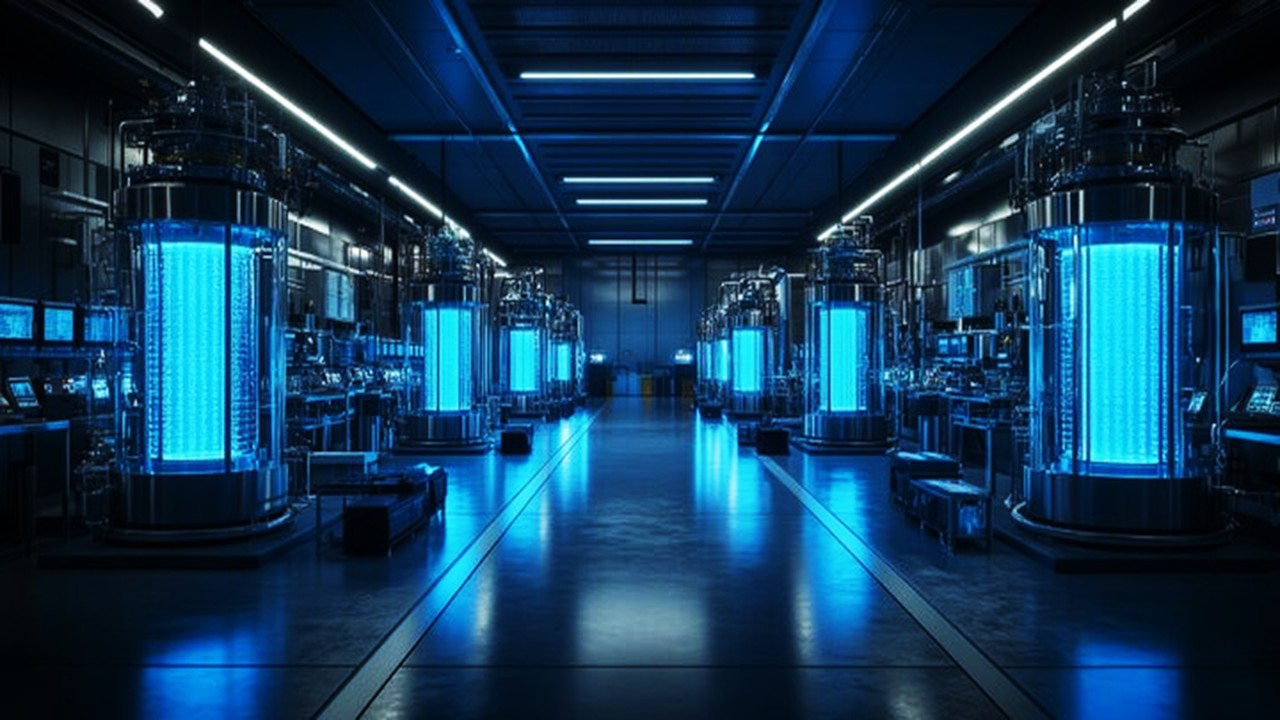
Chemistry, Manufacturing & Controls
Precision Engineering: The Science of Optimizing Bioreactor Conditions
Bioreactors serve as the cornerstone of modern bioprocessing, enabling the scalable production of therapeutics, biofuels, and engineered tissues.
Read More Articles
Algorithmic Trials: How Decision Theory is Reshaping Decentralized Clinical Research
Decision theory offers a robust mathematical framework to design trials that enhance efficiency, uphold ethical standards, and better reflect the complexities of real-world therapeutic contexts.
Polarity Alchemy: Strategic Charge Manipulation in Contemporary Drug Design
The future promises tunable therapies with polarity adjustable by light, magnetic fields, or bioorthogonal triggers.




